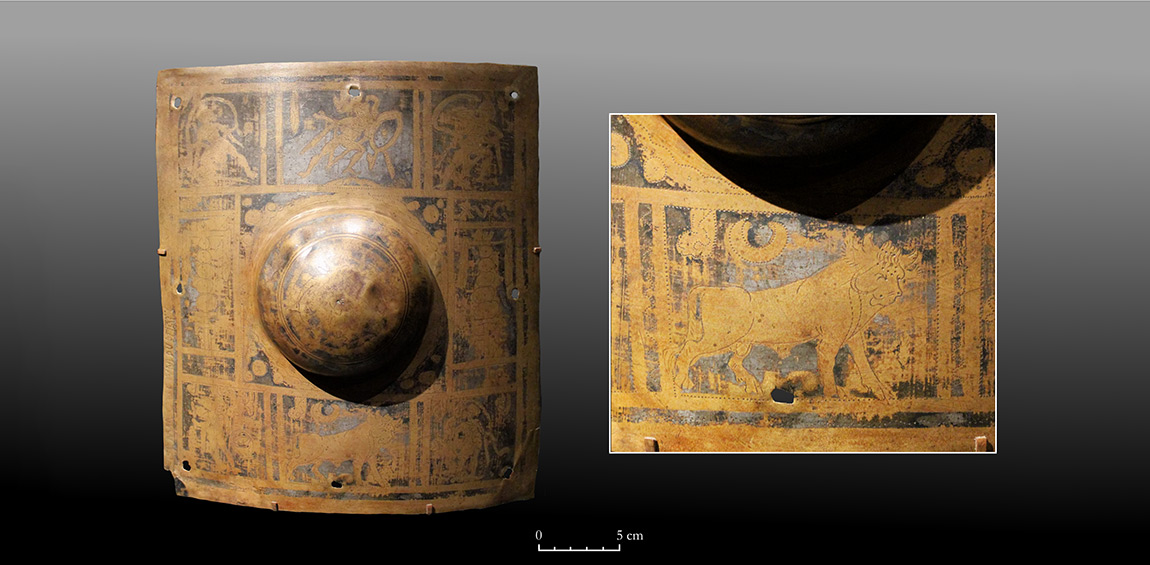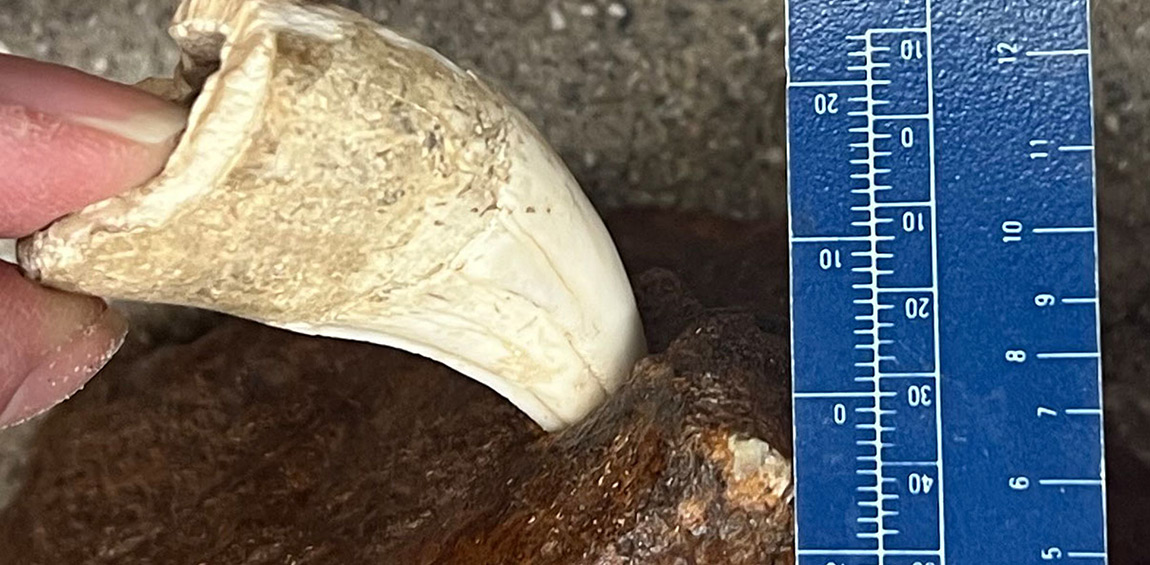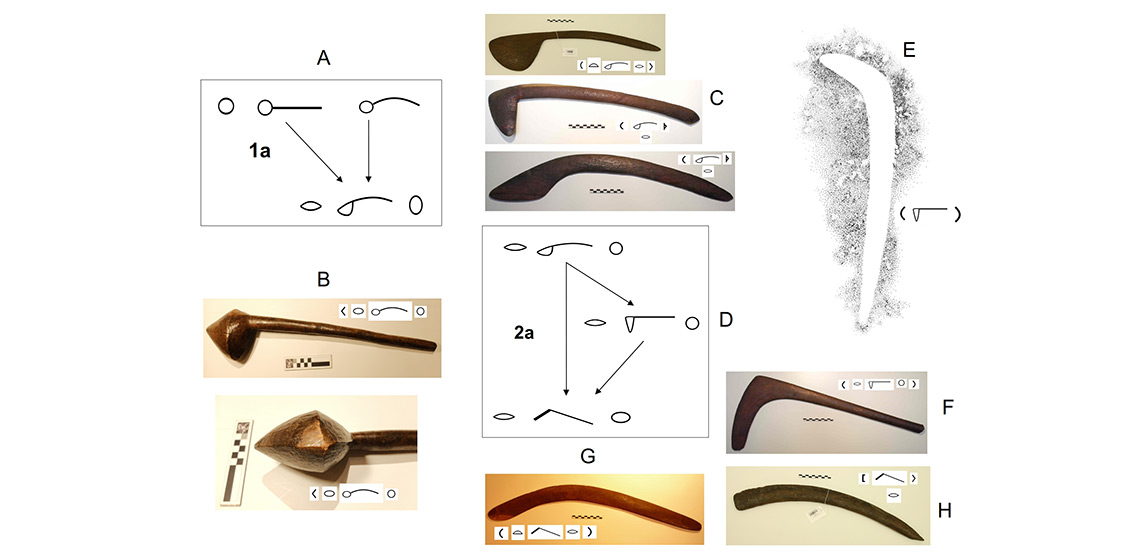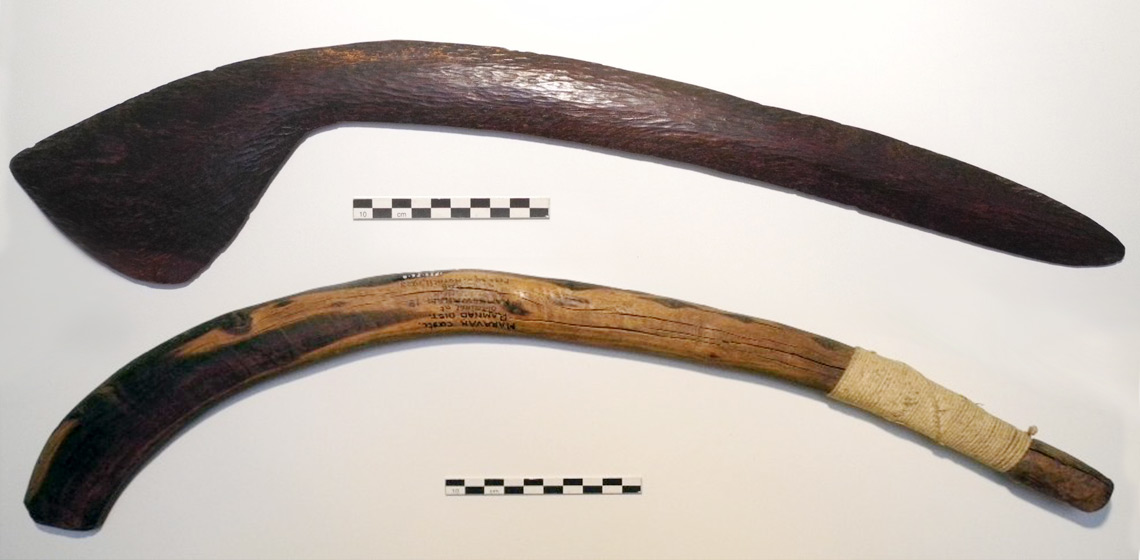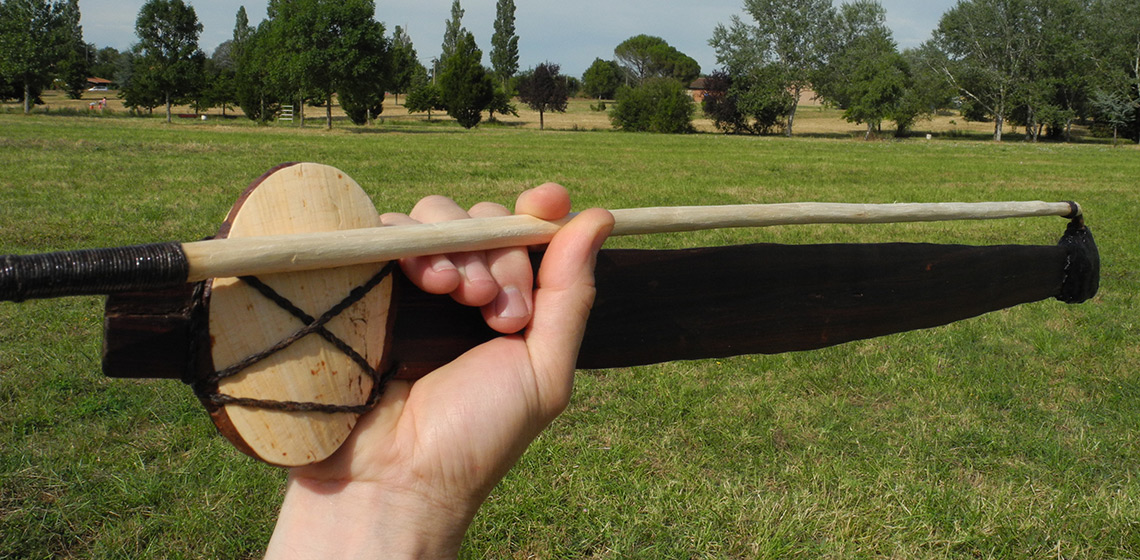weapon
The Art of Contrast: Experimental Insights into Partial Tinning on Roman Military Equipment
Simulating Organic Projectile Point Damage to Bison Pelves
A large Bison sp. pelvis was discovered eroding out of shoreline sediment at American Falls Reservoir in Bingham County, Idaho in 1953. The ischium section had a unique groove and perforation with a depth of 35 mm and 10 mm in diameter. The pelvis was X-rayed in 1961 for indicators of the origin of the damage, but it could not be ascertained, and human agency could not be ruled out. For the research presented here, the pelvis was CT scanned to look for any foreign material in the perforation and to determine the three-dimensional structure...
A Scheme of Evolution for Throwing Sticks
The 2,500th Anniversary of the Battle of Plataea, 26-31 July 2022. Recreating the Cavalry
Introduction
Delayed by the pandemic, the 2022 event was organised with the support of the local community, the Ephorate of Antiquities, and the re-enactment group ‘Hoplologia’ lead by Christian Cameron. Using re-enactors to commemorate their Classical history was, for a variety of political and religious reasons, an important step for the Greek authorities to take. Christian gathered around ninety very experienced and passionate re-enactors and reconstructors in Plataea from at least eight different counties, at their own expense.
Evaluation of Mail Horse-Armour
Book Review: Native American Blowguns by Douglas S. Meyer
An Experimental Study of Lesions Observed in Bog Body Funerary Performances
Traces of Manufacture, Use, Repair and Modification Observed on Ethnographic Throwing Sticks and Boomerangs
Throwing Stick to Spear Thrower - Study of Ethnographic Artefacts and Experimentation
Embossing Technique between III and II Century BC: Experiments and First Results
***The purpose of this paper is to explain our experience with the process of experimental archaeology, involving the reproduction and field testing of embossed decorations, inspired to archaeological finds. As a re-enactment group focused on Celts and Ligurians of III – II century BC we reproduce items and/or ornaments...

